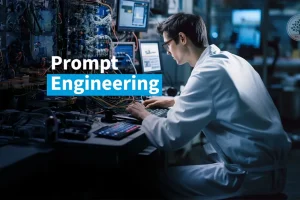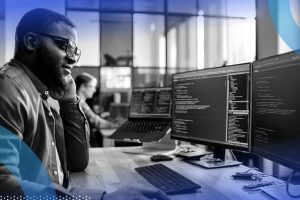Artificial intelligence (AI) models are revolutionizing industries, from healthcare diagnostics to finance and self-driving vehicles. However, these powerful tools can degrade over time, leading to potentially disastrous consequences if left unmonitored. Just like rust weakening the integrity of a bridge, gradual data shifts, new environments, and routine usage can silently erode AI model effectiveness. This blog explains model erosion, its dangers, and how to safeguard AI investments through continuous monitoring.
Understanding Model Erosion
Model erosion refers to the gradual degradation of AI model performance over time. For example, an image classification model successfully trained to identify cats may start misclassifying cats due to various data shifts. Several key factors drive this erosion:
- Data Drift: The real world evolves continuously. Trends, demographics, slang – all can differ from training data. This mismatch causes accuracy drops.
- Concept Drift: The fundamental correlations models learn can become outdated. An AI fraud detector relying on historical data would likely miss new scam tactics.
- Model Degradation: Numerical instability, hardware faults, or other internal factors degrade models regardless of external changes.
Without intervention, model erosion produces inaccurate medical diagnoses, financial analyses, self-driving car systems, and more. Thus, continuous monitoring and early erosion detection are critical for organizational success and consumer safety.
The Model Erosion Monitoring Arsenal
Thankfully, many valuable tools exist to combat erosion, including:
- Performance Monitoring: Tracking accuracy, precision, recall, and other metrics identifies sudden drops indicating drift.
- Data Drift Detection: Statistical and anomaly detection techniques highlight distribution shifts from training data.
- Concept Drift Detection: Algorithms like online clustering spot changes in conceptual correlations, prompting retraining.
- Explainable AI: Understanding model decision-making pinpoints biases/vulnerabilities from data shifts.
- Model Version Control: Quickly rolling back model versions after degradation improves responsiveness.
The ideal monitoring tools depend on model complexity, output sensitivity, available resources, and specific organizational needs. For example, self-driving car systems warrant heavy investment in explainable AI for reliability and safety.
Cultivating an Organizational Culture of Vigilance
While crucial, tools alone cannot address model erosion. Organizations must also nurture a culture prioritizing continuous monitoring via:
- Clear monitoring responsibilities: Formally defining personnel accountable for routine model monitoring.
- Integrated workflows: Incorporating monitoring into AI development and deployment procedures as standard practice.
- Proactive communication: Sharing monitoring insights with stakeholders frequently, urging erosion interventions.
- Continuous learning: Promoting training and education on erosion best practices across teams.
Combining robust tools with cultural diligence establishes a solid foundation for combating erosion proactively rather than reactively after failures emerge.
Remember, the Fight Against Erosion Never Ends
As models grow more complex and integrate deeper into organizational operations, responsive monitoring is increasingly critical. By instilling an ever-learning culture leveraging the latest monitoring techniques, organizations can ensure sustained model accuracy and trustworthiness amidst an eternally evolving world.
The truth? Complete erosion prevention is likely impossible. However, through informed vigilance, urgent interventions, and continuous learning, organizations can minimize degradation risks and feel confident entrusting AI to handle sensitive tasks safely over extended periods. Just as consistent inspection and maintenance preserve bridges for decades, so too can diligent monitoring secure AI’s position as a keystone of progress for the foreseeable future.













Add Comment